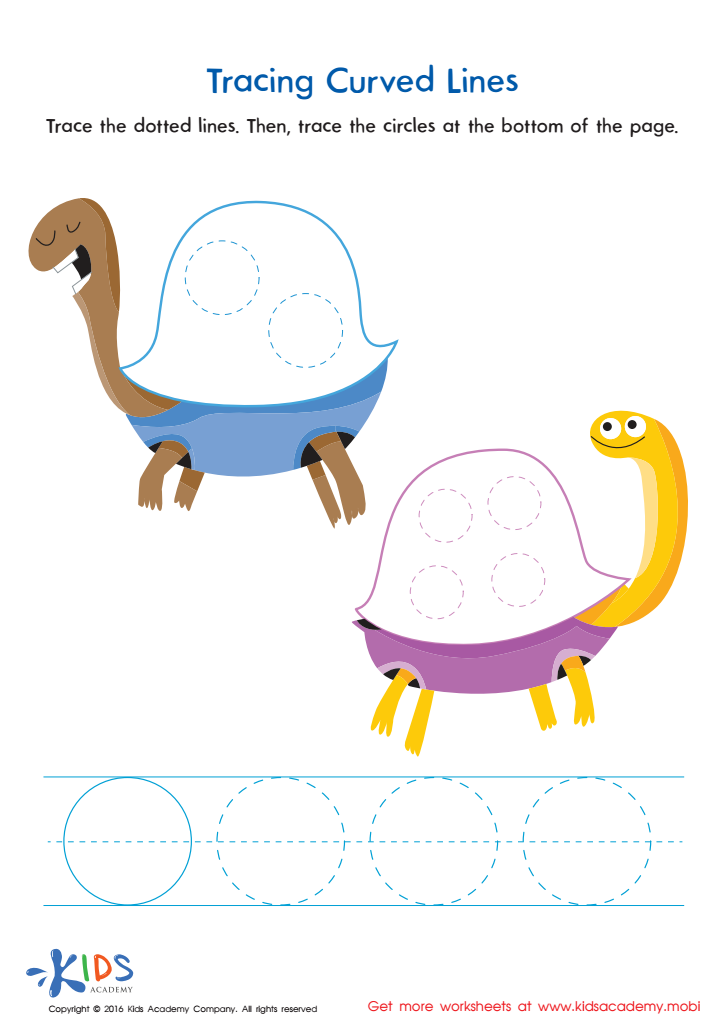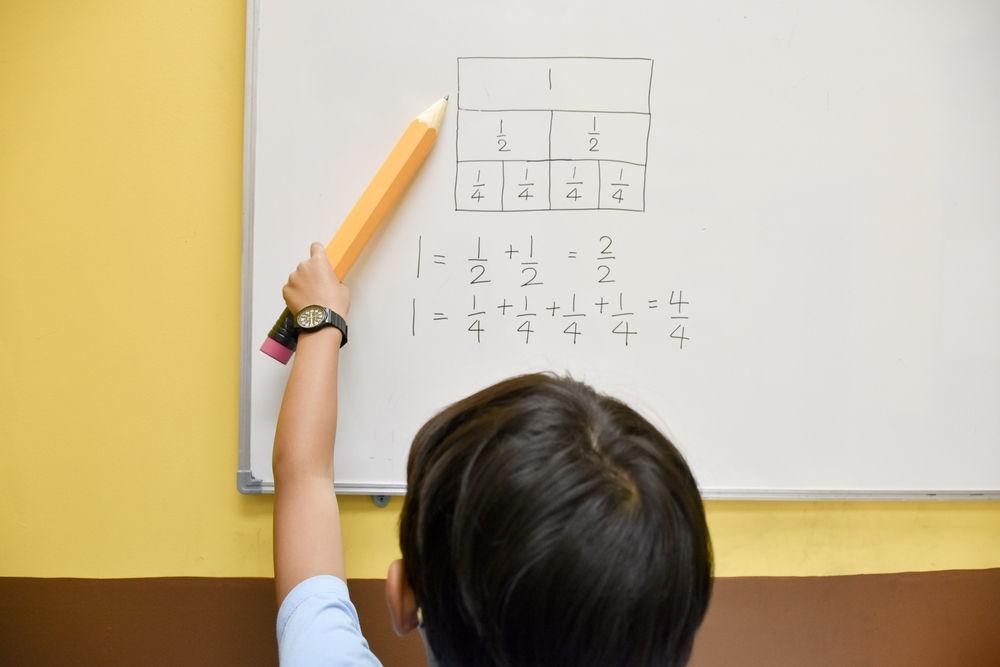Normal Tracing Lines and Curves worksheets activities for 3-Year-Olds
5 filtered results
-
From - To
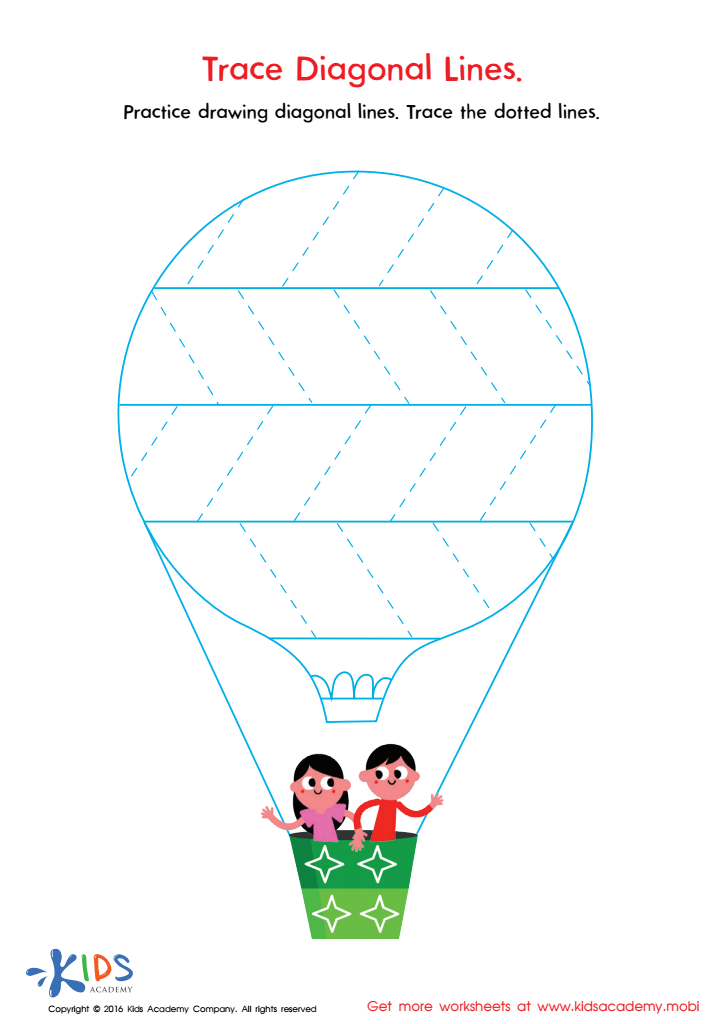

Trace Diagonal Lines Worksheet
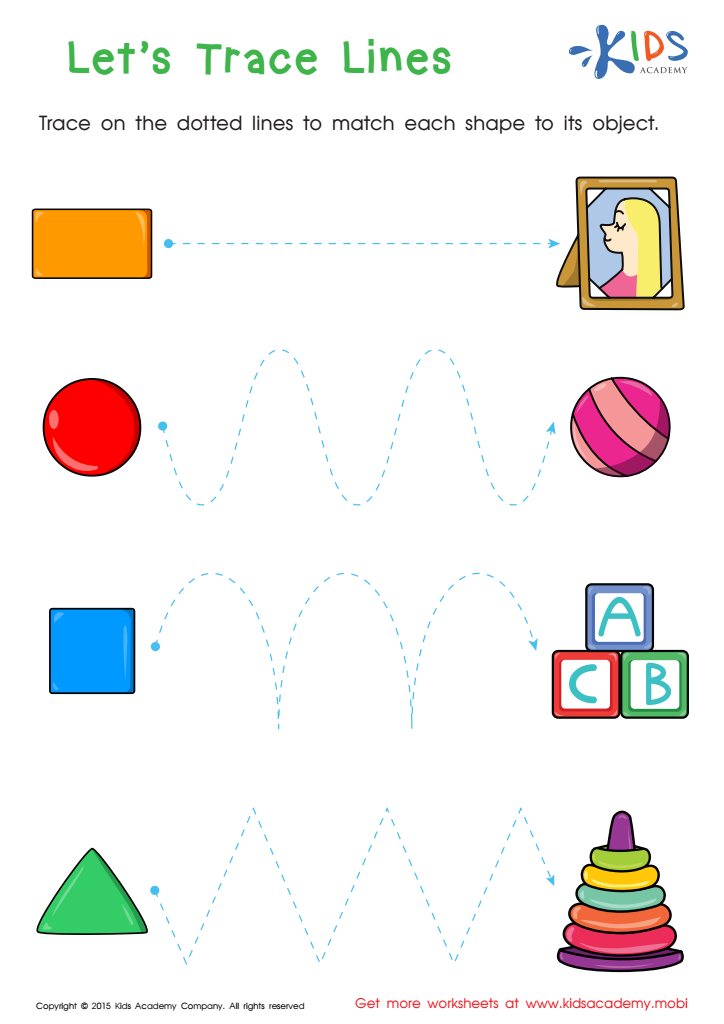

First Words: Let's Trace Lines Worksheet
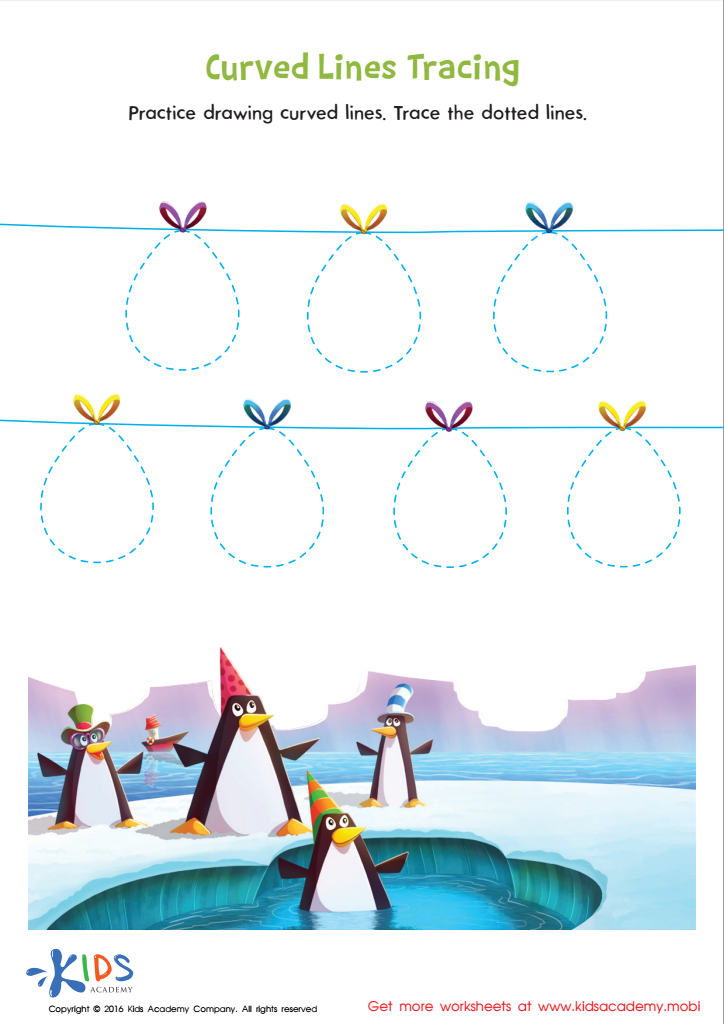

Curved Lines Tracing Worksheet
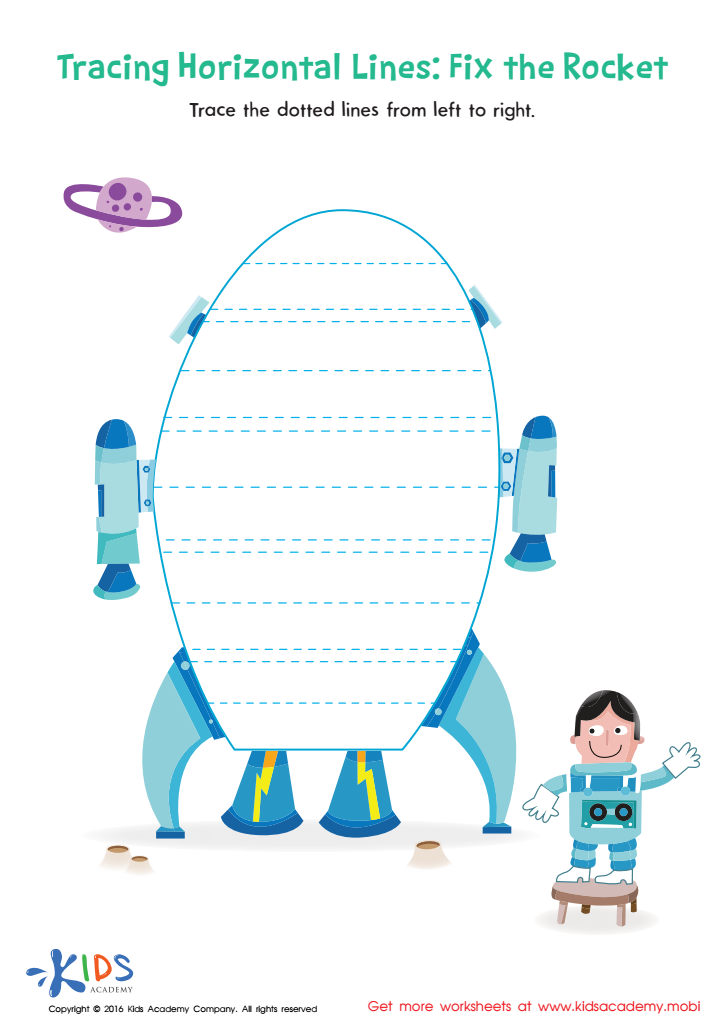

Tracing Horizontal Lines Worksheet
Normal Tracing Lines and Curves worksheets activities are an essential part of early childhood education, serving as a cornerstone for developing fine motor skills and preparing young learners for the challenges of writing. These activities, while seemingly simple, play a critical role in the educational journey, building the foundation for handwriting, coordination, and even cognitive skills.
First and foremost, Normal Tracing Lines and Curves worksheets activities help in enhancing fine motor skills. The meticulous movement of the pencil or crayon across the page teaches children how to control their hand movements, improving their grip and hand-eye coordination. This precision is crucial not only for writing but also for other daily activities such as tying shoelaces or buttoning up clothes.
Moreover, these tracing activities are instrumental in teaching children the basics of letters and numbers. By tracing lines and curves, children learn the essential shapes that form the basis of all letters and numerals. This way, they are not only practicing their drawing skills but are also getting acquainted with the building blocks of language and mathematics.
Another significant benefit of Normal Tracing Lines and Curves worksheets activities is the boost they provide to cognitive development. Through tracing, children learn to follow directions, focus on a task, and recognize patterns. These cognitive skills are vital across all areas of learning and can contribute to better academic performance in the future.
Furthermore, tracing activities can also foster creativity and confidence in young learners. With each completed worksheet, children can see their progress, giving them a sense of achievement and encouraging them to take on more challenging tasks. This boost in self-esteem is invaluable and can motivate children to continue exploring and learning.
In conclusion, Normal Tracing Lines and Curves worksheets activities are much more than just pre-writing practice. They are a multifaceted educational tool that aids in the development of fine motor skills, introduces fundamental concepts of language and mathematics, enhances cognitive abilities, and builds confidence. By incorporating these activities into early education, we can provide children with a strong foundation for their academic journey and beyond.
 Assign to My Students
Assign to My Students

